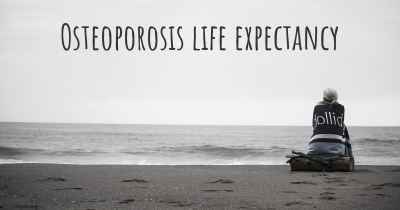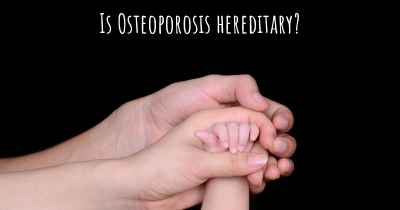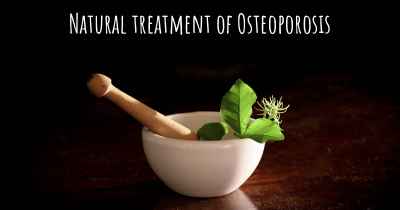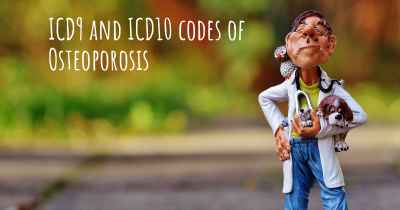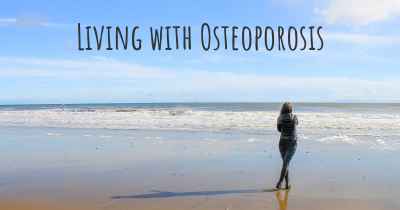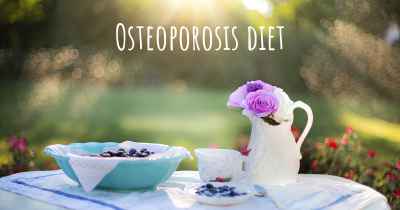What are the latest advances in Osteoporosis?
Here you can see the latest advances and discoveries made regarding Osteoporosis.
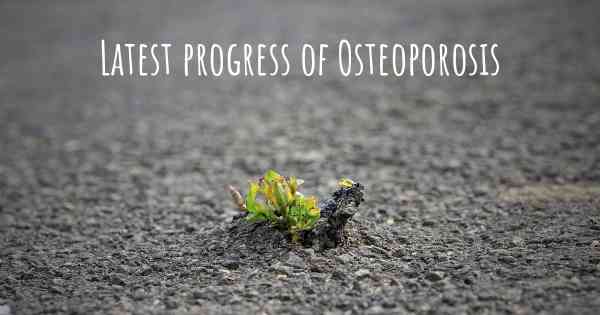
Osteoporosis is a progressive bone disease characterized by low bone mass and deterioration of bone tissue, leading to increased bone fragility and susceptibility to fractures. It affects millions of people worldwide, particularly postmenopausal women and the elderly. Over the years, significant advancements have been made in the understanding, diagnosis, and treatment of osteoporosis, offering hope for improved management and prevention of this debilitating condition.
1. Improved Diagnostic Techniques:
Accurate diagnosis is crucial for effective management of osteoporosis. Dual-energy X-ray absorptiometry (DXA) has long been the gold standard for measuring bone mineral density (BMD). However, newer imaging techniques such as high-resolution peripheral quantitative computed tomography (HR-pQCT) and trabecular bone score (TBS) have emerged, providing additional information about bone microarchitecture and strength. These advancements enable better assessment of fracture risk and aid in personalized treatment decisions.
2. Novel Biomarkers:
Researchers have identified several biomarkers that can help in the early detection and monitoring of osteoporosis. These biomarkers include bone turnover markers (BTMs) such as serum C-terminal telopeptide of type I collagen (CTX) and procollagen type 1 N-terminal propeptide (P1NP). Measuring these biomarkers can provide valuable insights into bone remodeling activity and response to treatment, allowing for more targeted interventions.
3. Pharmacological Advances:
Pharmacological interventions play a crucial role in the management of osteoporosis. The development of new drugs and treatment strategies has expanded the options available to patients. One notable advancement is the introduction of monoclonal antibodies targeting specific molecules involved in bone metabolism. For instance, denosumab, a receptor activator of nuclear factor kappa-B ligand (RANKL) inhibitor, has shown efficacy in reducing fracture risk. Additionally, newer antiresorptive and anabolic agents, such as romosozumab and abaloparatide, have demonstrated promising results in clinical trials.
4. Exercise and Lifestyle Interventions:
Exercise and lifestyle modifications are integral components of osteoporosis management. Recent research has highlighted the importance of specific exercise regimens, including weight-bearing, resistance, and balance exercises, in improving bone health and reducing fracture risk. Moreover, the role of nutrition, vitamin D supplementation, and smoking cessation in maintaining bone health has gained significant attention. These non-pharmacological interventions, when combined with appropriate medical therapy, can enhance treatment outcomes.
5. Precision Medicine:
Advancements in genetics and molecular biology have paved the way for personalized medicine approaches in osteoporosis. Genetic studies have identified numerous genetic variants associated with bone mineral density and fracture risk. This knowledge can help identify individuals at higher risk and guide treatment decisions. Furthermore, ongoing research aims to develop predictive models that integrate genetic, clinical, and lifestyle factors to provide individualized fracture risk assessments.
6. Telemedicine and Digital Health:
The COVID-19 pandemic has accelerated the adoption of telemedicine and digital health solutions, which have proven particularly beneficial for individuals with chronic conditions like osteoporosis. Remote consultations, virtual fracture risk assessments, and mobile applications for exercise guidance and medication reminders have become increasingly popular. These technologies improve access to care, enhance patient engagement, and enable continuous monitoring, ultimately leading to better disease management.
In conclusion, the field of osteoporosis has witnessed significant advances in recent years. Improved diagnostic techniques, novel biomarkers, pharmacological breakthroughs, exercise interventions, precision medicine approaches, and the integration of telemedicine have all contributed to the evolving landscape of osteoporosis management. These advancements hold great promise for early detection, personalized treatment, and improved quality of life for individuals living with osteoporosis.
